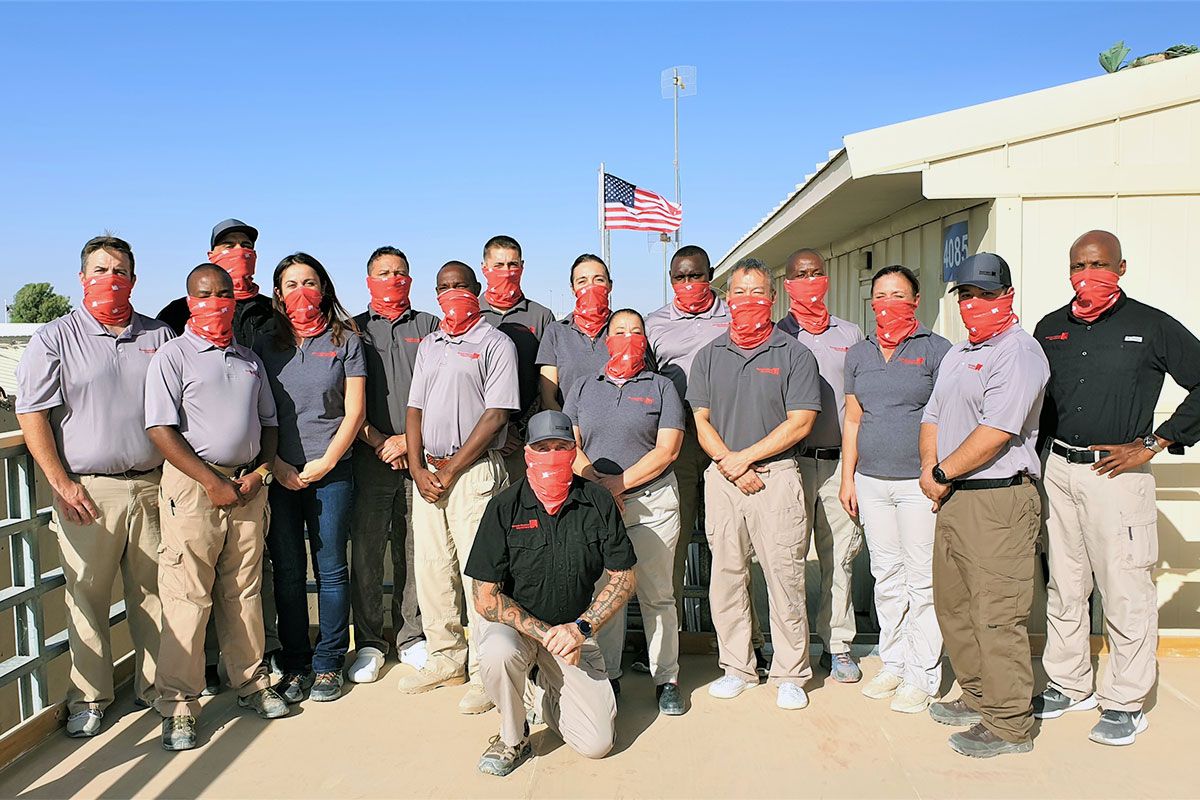Symptoms
The disease starts with a high fever, signs of what appears to be an upper respiratory infection, with muscle aches and pains, nausea, vomiting, diarrhoea, headache, weakness and finally bloody discharge from all orifices. These symptoms are vague and can be indicative of other diseases such as malaria, typhoid, shigellosis, cholera, leptospirosis, plague, Ricketts, meningitis and hepatitis.
The fatality rate is very high, about 55%. The incubation period varies from 2 to 21 days.
Transmission
Transmission is usually through direct person-to-person contact with an infected person or their bodily fluids (saliva, semen, blood). There has been no transmission reported without a direct contact. There is no airborne contact, so facemasks are not necessary in the general environment.
WHO recommends avoiding any direct contact with those known to be infected with Ebola and not to handle any items that may have come into contact with the infected person or his/her bodily fluids. Careful hand hygiene is paramount. People should avoid going to hospitals where Ebola patients are being treated.
In cases of health care workers or family members who have to come into close (defined as 1 meter or less) or direct contact with infected patients, personal protective equipment (hazmat suit) is imperative. This includes face shields, goggles, long sleeve gloves, and waterproof aprons or suits.
The WHO states, “there is no risk of infection during the incubation period and only low risk of transmission in the early phase of the symptomatic patients.â€Â However, an infected person can transmit the disease once the virus is in their blood or secretions. The WHO has reported that patients who have recovered from Ebola were found to have Ebola virus in their semen for up to 61 days.
Unprotected sexual intercourse with symptomatic individuals is highly discouraged.
The reservoir for the disease is not known, but it has generally been suspected that fruit bats are the organisms that maintain the disease without being sick. Most cases in previous outbreaks have been traced back to a signature case that involved an individual working with a dead primate (chimpanzee, gorilla, or some type of monkey). The transfer is usually direct contact.
Populations at Risk
The following populations are at risk for contracting Ebola: health care workers who are in direct contact with infected patients; family members and people in direct contact with an infected patient or animal; mourners who are directly handling the remains of an infected deceased person; hunters and butchers of infected wildlife. Beyond these groups, Ebola is rare.
Those individuals who are traveling to and working in the West African countries should avoid areas where there are sick individuals. Unless they are traveling in the jungle or are part of the population at risk they will be able to avoid contact with the disease. In the jungle, special care should be taken to not come in contact with dead animals, particularly primates. Animal products (blood and meat) should be thoroughly cooked before consumption.
Treatment
If Ebola is suspected, the treatment is supportive. There is no vaccine and no specific anti-viral. The patient would be supported with fluids, anti-fever medications, anti-diarrheal medications and general medical care.


